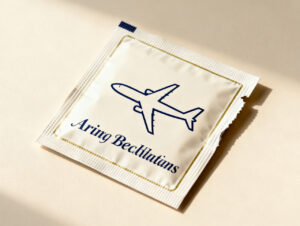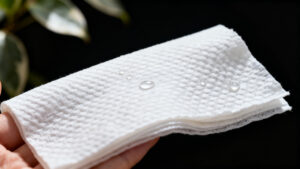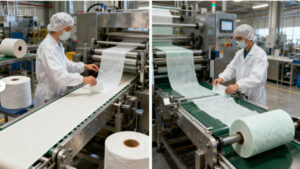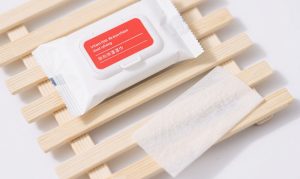Importers lose up to 28% in hidden costs from packaging choices - discover how your format selection impacts total landed costs.
Bulk packaging reduces import costs 18-32% through lower material expenses, optimized container utilization, and reduced dutiable weight, while individual sachets add convenience at 15-25% cost premiums through tariffs and logistics inefficiencies.
 The packaging format decision extends beyond simple unit cost differences - smart importers analyze these four critical dimensions.
The packaging format decision extends beyond simple unit cost differences - smart importers analyze these four critical dimensions.
How does the cost of individual foil sachets compare to bulk alternatives?
That $0.002 foil sachet actually costs $0.037 when all factors are considered - here's the full breakdown smart buyers evaluate. Individual sachets incur 360-400% higher packaging costs versus bulk (aluminum laminate vs. PE liner), require 40% more shipping volume, and trigger higher tariff classifications (HS 4819 vs 3923 for bulk containers).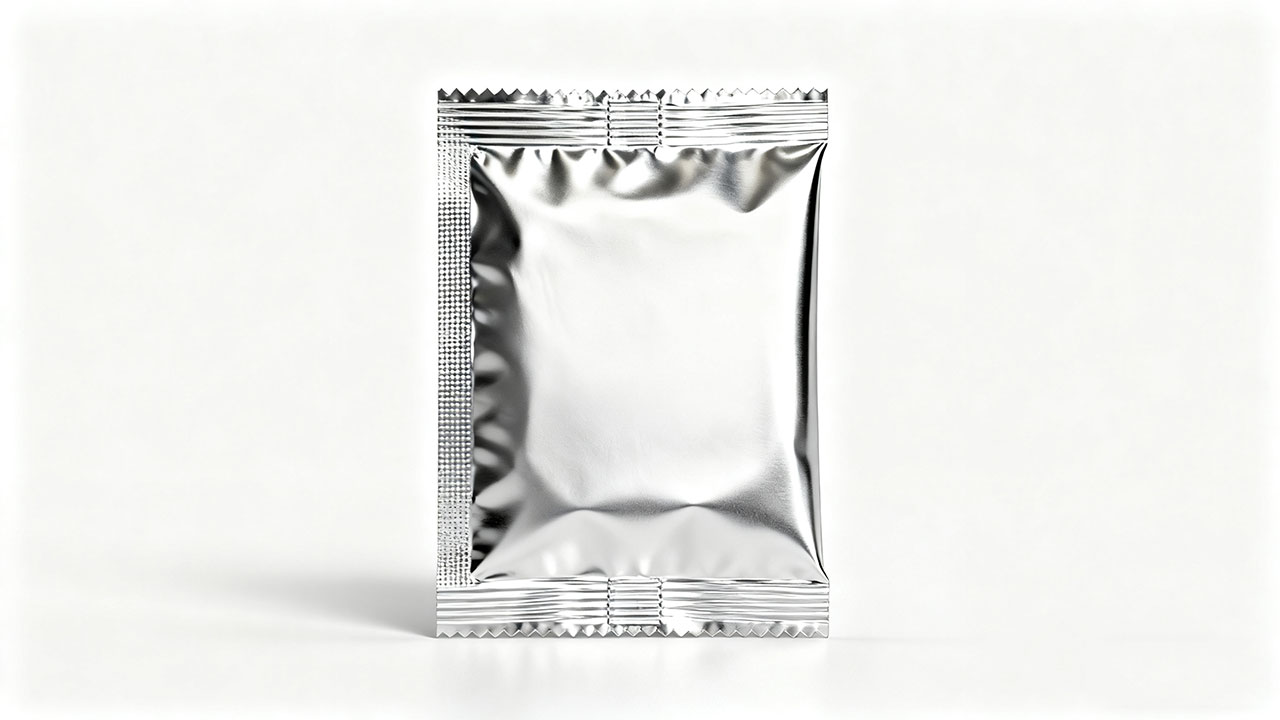
Cost Component Analysis (Per 10,000 Units)
| Cost Factor | Bulk Pail (20kg) | Individual Sachets | Cost Differential |
|---|---|---|---|
| Packaging Materials | $18.50 | $67.80 | +266% |
| Labor (Packaging) | $4.20 | $22.50 | +436% |
| Shipping Volume | 0.8 CBM | 1.3 CBM | +63% |
| Import Duty (US) | 3.2% | 6.7% | +109% |
| Warehouse Handling | $1.40 | $3.90 | +179% |
- Sachet Waste: 5-7% production loss vs bulk's 0.5-1%
- Inventory Costs: 30% higher carrying costs
- Shelf Life: Bulk often extends product life 12-18 months
When should importers choose bulk over sachets?
Choose wrong and you'll waste $17,000 per container - these 5 scenarios demand bulk packaging despite market trends. Bulk beats sachets when servicing industrial clients (60+kg/week users), shipping moisture-sensitive products, operating in high-tariff regions, or when end-users require custom dispensing systems for hygiene control.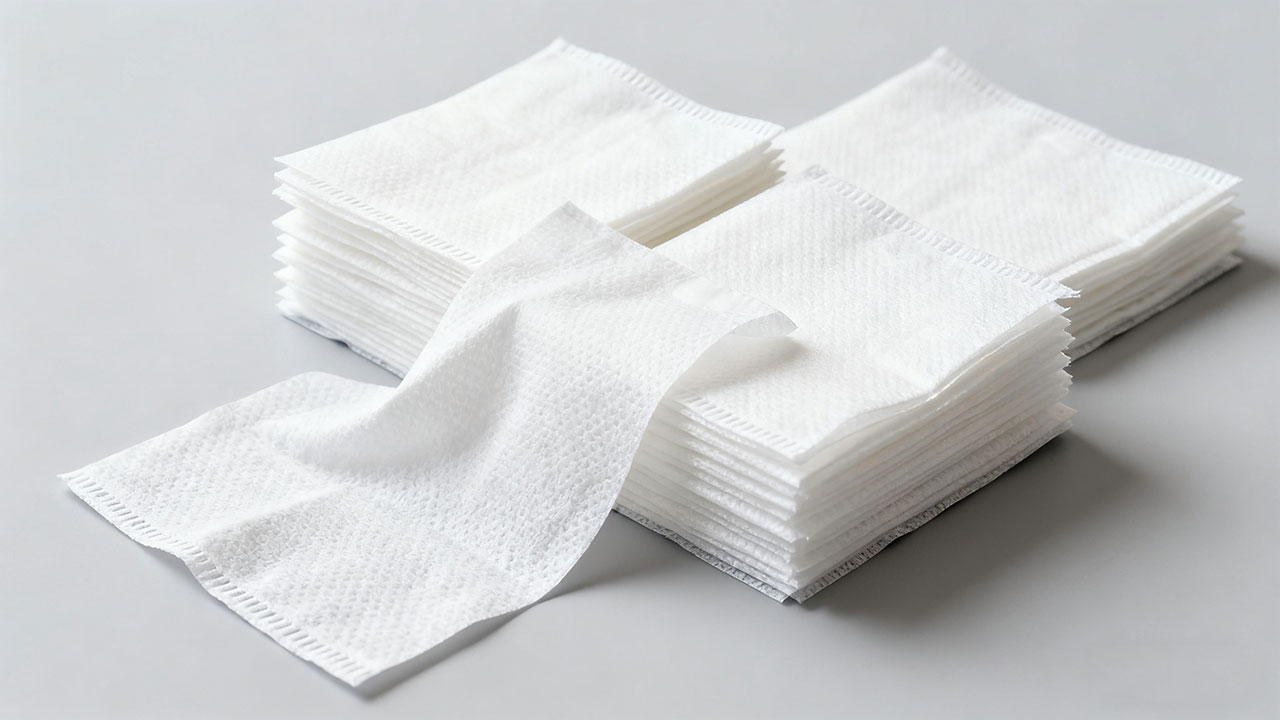
Decision Matrix: Bulk vs Sachet
| Decision Factor | Bulk Advantage Threshold | Sachet Justification Case | |
|---|---|---|---|
| Annual Volume | >150 metric tons | 8% difference | Free trade agreements |
| Product Type | Hygroscopic materials | Single-use portions | |
| End User | Manufacturing facilities | Retail consumers | |
| Shelf Life | 24 months stability | ||
| Value Density | $35/kg |
- Medical Applications: Sterility requirements
- Luxury Products: Perceived value enhancement
- Sampling Programs: Trial-sized distribution
- High-Theft Items: Security needs
How do customs duties vary based on packaging type?
Your packaging design could trigger a 200% tariff hike - learn how HS codes classify formats differently worldwide. Individual sachets often face higher duties as "retail ready" packaging (HS Chapter 48) versus bulk's industrial classification (Chapter 39), with critical thresholds at 300ml/unit in EU and 50g/unit in ASEAN markets.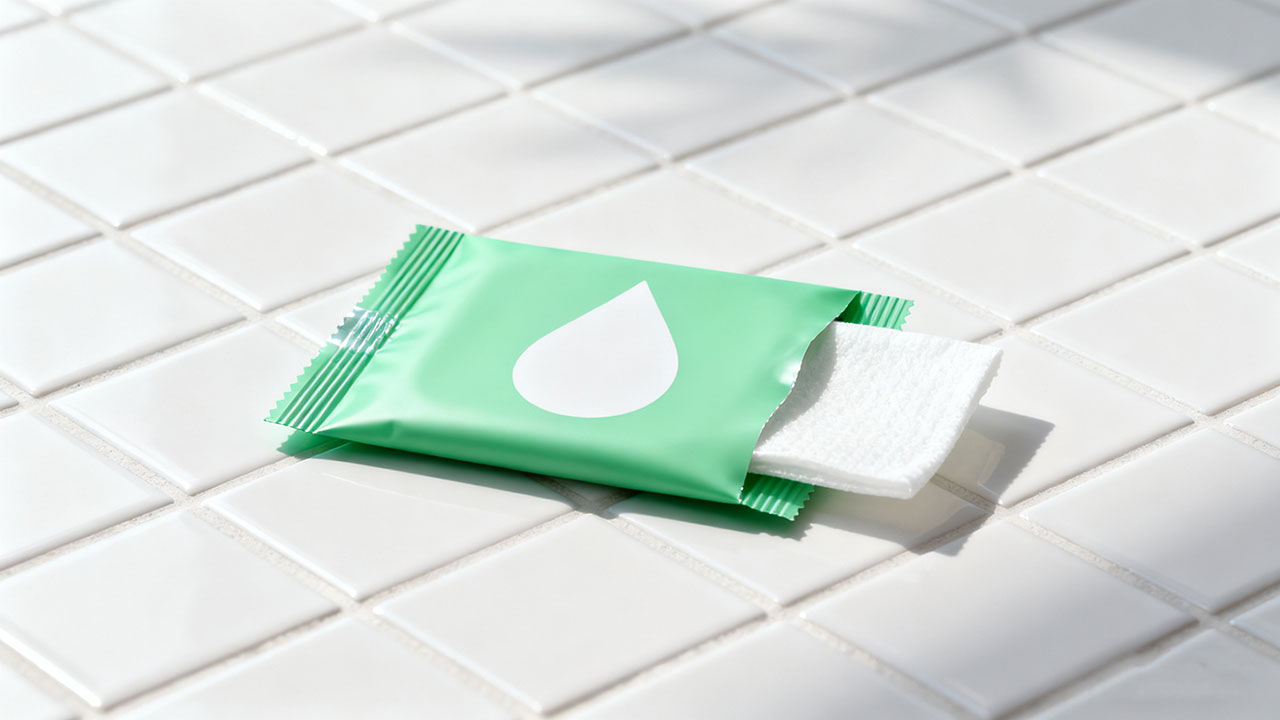
Global Tariff Comparison by Format
| Market | Bulk Code | Rate | Sachet Code | Rate | Key Threshold |
|---|---|---|---|---|---|
| USA | 3923.29 | 3.1% | 4819.50 | 4.8% | ≥50 units retail pack |
| EU | 3923.21 | 2.7% | 4819.60 | 6.5% | ≤300ml unit volume |
| China | 3923.90 | 6.5% | 4819.40 | 12% | Individual labeling |
| Brazil | 3923.10 | 14% | 4819.10 | 18% | ≤100g unit weight |
- Bulk Breakdown: Import in intermediate bulk containers (IBCs) then repack
- Knockdown Kits: Ship flat pouches for local filling
- Duty Drawback: Claim refunds on exported empties
- FTZ Processing: Final packaging in free trade zones




